In early January 2025, Southern California faced a devastating crisis as multiple wildfires tore through the Los Angeles area. These fires, fueled by extreme weather conditions, decimated entire neighborhoods, displaced thousands of families, and caused tragic loss of life. With more than 36,000 acres burned and over 12,300 structures destroyed, the Palisades Fire alone has become one of the most destructive in California’s history.
Amid the devastation, one question looms large: How did these wildfires escalate so quickly? And more importantly, how can individuals and families better prepare for situations like this?
The Anatomy of the Crisis
The wildfires’ rapid escalation can be attributed to a perfect storm of environmental and infrastructural factors.
1. Bone-Dry Conditions
Southern California experienced one of its driest years on record, with rainfall levels well below normal. Vegetation, primed to burn after months of parched weather, became an ideal fuel source for fires.
2. Ferocious Winds
Santa Ana winds—hot, dry gusts that can reach speeds of up to 100 mph—spread embers across neighborhoods, turning isolated sparks into raging infernos within minutes. These winds made it nearly impossible for firefighters to establish containment lines.
3. Human and Mechanical Errors
Investigators are looking into potential ignition sources, including electrical lines that were operational during high wind events. Faulty infrastructure, compounded by water supply issues, left firefighters battling flames without sufficient resources in critical moments.
4. Urban Proximity
Many affected areas, including Brentwood and Pacific Palisades, are densely populated and surrounded by steep, hilly terrain. Fires in such environments spread rapidly, trapping residents and making evacuations more challenging.
Preparing for Unpredictability

The wildfires’ devastation serves as a grim reminder of the importance of being prepared for emergencies. Preparation isn’t just about securing property—it’s about safeguarding lives.
1. Assemble an Emergency Kit
Ensure your kit includes essentials like non-perishable food, water, medications, a flashlight, and a first-aid kit. But don’t forget protective equipment. A high-quality tactical gas mask, such as the NB-100, can protect against smoke, toxic fumes, and particulate matter during a wildfire evacuation. You can also plan and prepare your kit with these guidelines here.
2. Plan and Practice Evacuations
Establish multiple evacuation routes in case primary roads are blocked. Practice these routes with your family and ensure everyone knows where to meet in an emergency.
3. Monitor Air Quality
Stay informed about air quality levels in your area. During wildfires, air quality often reaches hazardous levels, making outdoor exposure dangerous. Having an NB-100 Tactical Gas Mask on hand can make a significant difference in protecting your respiratory health.
Why the NB-100 Is Essential for Your Home

The NB-100 Tactical Gas Mask is more than just a piece of equipment—it’s a life-saving tool designed for extreme conditions. Built with advanced A2B2E2K2P3 R Defense N-B-1 canisters, it provides unmatched protection against smoke, toxic gases, and airborne particulates. With dual 40mm NATO ports, anti-fog lenses, and a 6-point adjustable head harness, the NB-100 ensures comfort and functionality even in the most hazardous environments.
When wildfires strike, the air becomes a dangerous mix of smoke, ash, and pollutants. Protecting your respiratory system is critical. The NB-100’s high-grade silicone material and scratch-resistant lens make it durable, reliable, and ready for any emergency.
Staying Informed: Key Resources
Knowledge is power during a crisis. Stay updated with verified information from these resources:
- Cal Fire – www.fire.ca.gov
- AirNow’s Air Quality Index – www.airnow.gov
- FEMA Emergency Management – www.fema.gov
- Disaster Assistance – www.disasterassistance.gov
- Local Evacuation Maps – Check with your city or county’s emergency management website.
The Los Angeles wildfires are a stark reminder of how quickly emergencies can escalate. But preparation—both mental and material—can mean the difference between safety and tragedy. Equip your home, create a plan, and stay informed.
At Parcil Safety, we are committed to providing the tools and knowledge you need to face life’s unpredictabilities. Take the first step in safeguarding your family today. Stay safe, stay ready, and stay protected.

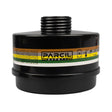



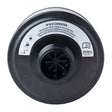
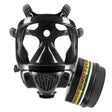
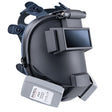
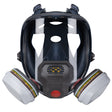
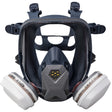
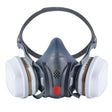
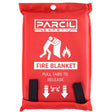
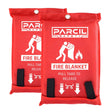
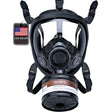
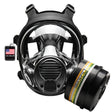
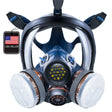
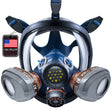
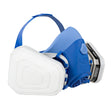

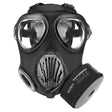
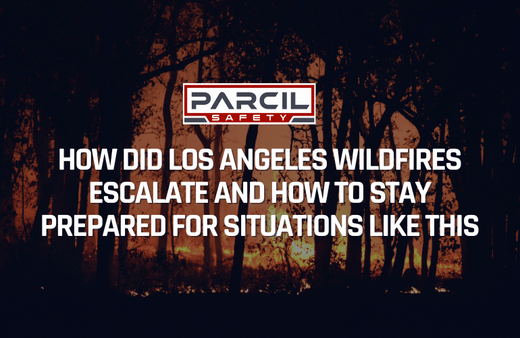
Leave a comment
All comments are moderated before being published.
This site is protected by hCaptcha and the hCaptcha Privacy Policy and Terms of Service apply.